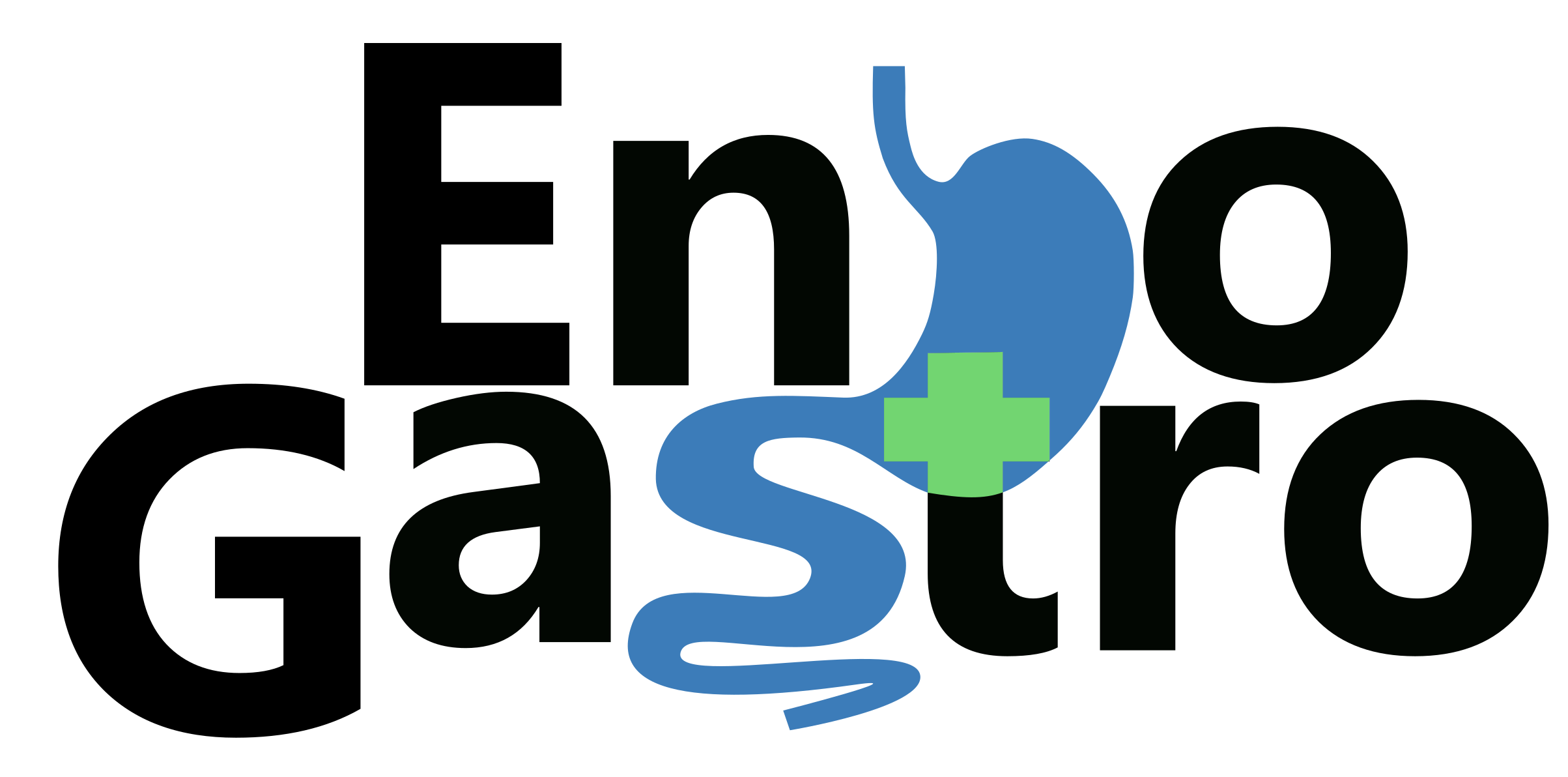


Toto zařízení není hrazeno zdravotní pojišťovnou.
Cena 250 Kč
Randomized Controlled Trial
Gut. 2019 Feb;68(2):280-288. doi: 10.1136/gutjnl-2017-314889. Epub 2018 Jan 23.
Wee Sing Ngu 1, Roisin Bevan 2, Zacharias P Tsiamoulos 3, Paul Bassett 4, Zoë Hoare 5, Matthew D Rutter 2, Gayle Clifford 1, Nicola Totton 5, Thomas J Lee 6, Arvind Ramadas 7, John G Silcock 8, John Painter 9, Laura J Neilson 1, Brian P Saunders 3, Colin J Rees 1 10
Objective: Low adenoma detection rates (ADR) are linked to increased postcolonoscopy colorectal cancer rates and reduced cancer survival. Devices to enhance mucosal visualisation such as Endocuff Vision (EV) may improve ADR. This multicentre randomised controlled trial compared ADR between EV-assisted colonoscopy (EAC) and standard colonoscopy (SC).
Design: Patients referred because of symptoms, surveillance or following a positive faecal occult blood test (FOBt) as part of the Bowel Cancer Screening Programme were recruited from seven hospitals. ADR, mean adenomas per procedure, size and location of adenomas, sessile serrated polyps, EV removal rate, caecal intubation rate, procedural time, patient experience, effect of EV on workload and adverse events were measured.
Results: 1772 patients (57% male, mean age 62 years) were recruited over 16 months with 45% recruited through screening. EAC increased ADR globally from 36.2% to 40.9% (P=0.02). The increase was driven by a 10.8% increase in FOBt-positive screening patients (50.9% SC vs 61.7% EAC, P<0.001). EV patients had higher detection of mean adenomas per procedure, sessile serrated polyps, left-sided, diminutive, small adenomas and cancers (cancer 4.1% vs 2.3%, P=0.02). EV removal rate was 4.1%. Median intubation was a minute quicker with EAC (P=0.001), with no difference in caecal intubation rate or withdrawal time. EAC was well tolerated but caused a minor increase in discomfort on anal intubation in patients undergoing colonoscopy with no or minimal sedation. There were no significant EV adverse events.
Conclusion: EV significantly improved ADR in bowel cancer screening patients and should be used to improve colonoscopic detection.
Trial registration number: NCT02552017, Results; ISRCTN11821044, Results.
Keywords: colonic adenomas; colonoscopy; colorectal adenomas; colorectal cancer; colorectal cancer screening.
© Article author(s) (or their employer(s) unless otherwise stated in the text of the article) 2019. All rights reserved. No commercial use is permitted unless otherwise expressly granted.
Randomized Controlled Trial
Clin Gastroenterol Hepatol. 2020 Jan;18(1):158-162.e1. doi: 10.1016/j.cgh.2019.01.015. Epub 2019 Jan 17.
Douglas K Rex 1, James E Slaven 2, Jonathan Garcia 3, Rachel Lahr 3, Meghan Searight 3, Seth A Gross 4
Background & aims: Mucosal exposure devices improve detection of lesions during colonoscopy and have reduced examination times in uncontrolled studies. We performed a randomized trial of Endocuff Vision vs standard colonoscopy to compare differences in withdrawal time (the primary end point). We proposed that Endocuff Vision would allow complete mucosal inspection in a shorter time without impairing lesion detection.
Methods: Adults older than 40 years undergoing screening or surveillance colonoscopies were randomly assigned to the Endocuff group (n=101, 43.6% women) or the standard colonoscopy group (n=99; 57.6% women). One of 2 experienced endoscopists performed the colonoscopies, aiming for a thorough evaluation of the proximal sides of all haustral folds, flexures, and valves in the shortest time possible. Inspection time was measured with a stopwatch and calculated by subtracting washing, suctioning, polypectomy and biopsy times from total withdrawal time.
Results: There were significantly fewer women in the Endocuff arm (P = .0475) but there were no other demographic differences between groups. Mean insertion time with Endocuff was 4.0 min vs 4.4 min for standard colonoscopy (P = .14). Mean inspection time with Endocuff was 6.5 min vs 8.4 min for standard colonoscopy (P < .0001). Numbers of adenomas detected per colonoscopy (1.43 vs 1.07; P = .07), adenoma detection rate (61.4% vs 52%; P = .21), number of sessile serrated polyps per colonoscopy (0.27 vs 0.21; P = .12), and sessile serrated polyp detection rate (19.8% vs 11.1%; P = .09) were all higher with Endocuff Vision. Results did not differ significantly when we controlled for age, sex, or race.
Conclusion: In a randomized trial, we found inclusion of Endocuff in screening or surveillance colonoscopies to decrease examination time without reducing lesion detection. ClinicalTrials.gov, Number: NCT03361917.
Keywords: Adenoma Detection Rate; Colon Cancer; Colonoscopy; Colorectal; Colorectal Polyps; Endocuff Vision; Withdrawal Time.